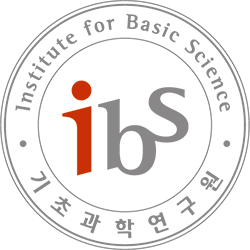Huy-Tung Nguyen, The average cut-rank of graphs
Room B232 IBS (기초과학연구원)The cut-rank of a set X of vertices in a graph G is defined as the rank of the X×(V(G)∖X) matrix over the binary field whose (i,j)-entry is 1 if the vertex i in X is adjacent to the vertex j in V(G)∖X and 0 otherwise. We introduce the graph parameter called the average cut-rank …

